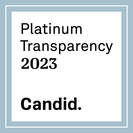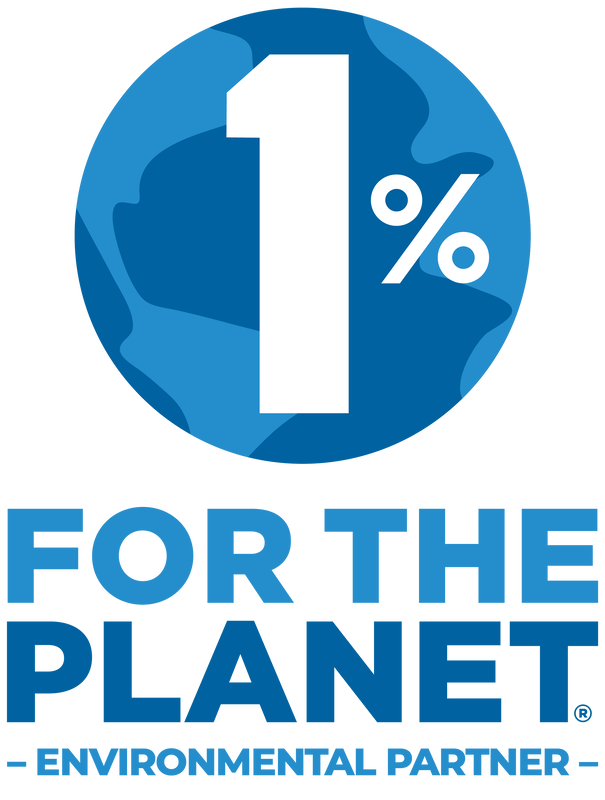|
By Ryan O'Hara The 27-acre Eames Ranch is located in the countryside of Petaluma, CA. Among other creatures and curiosities, it’s home to 20 sheep and their famous guard llama, Lulu. Walk to the right of the main building and you’ll see a garden teeming with deliciousness. The Ranch gets its name from famous mid-century designers Charles & Ray Eames. Specifically, it was the home of their daughter, Lucia Eames. While they are best known for their chairs, the Eameses saw design as problem-solving at a fundamental level. Gathering as much information as possible helped them understand the shape and scope of any problem, which explains why their designs have withstood the test of time. Their “learn by doing” process is ingenious because it truly works, and is one which I have adopted into my own life. It has been an honor and a great pleasure to be at the Ranch, working closely with a small, motivated group. My biggest project as a Climate Corps Fellow at the Ranch has been establishing baseline data on water usage, energy and more. During my first few weeks our brilliant ranch foreman Adam, installed an app called Sense to monitor our energy use. The Sense app’s real-time energy use graph came in handy for a presentation about energy and lighting. Seeing the live change in energy use between having the lights on and off turned out to be very effective; members of the team told me afterward that they changed their habits after the presentation. This response was encouraging because changing habits is an important means to the end goal of sustainability. Critical to the success of the Ranch is its newly-adopted Carbon Farming Plan (CFP), the goal of which is to sequester carbon through natural processes like habitat restoration and rotational grazing, making our sheep more like coworkers than just grazers. Implementing compost practices at the Ranch is another part of the CFP, and a big part of my fellowship. We chose four different composting methods to test in order to determine which worked best for the microclimate of the Ranch. We set up two typical compost piles--one using algae from our pond, a worm bin, and a bokashi bin (bokashi is a microbacteria). Currently, we are in the early stages of barrel composting. Through the Eamesian process of learning by doing, we found that the typical, non-algae pile and worm bin are the best fit for the Ranch. During another presentation, we discussed what can and cannot be composted, the difference between brown and green waste, and the broader implications of composting, which plays a critical role in protecting the environment. The Climate Corps fellowship has taught me more than I expected to learn. It has given me hands-on experience with environmental grant research, rotational grazing, data collection and analysis, building mapping, and other useful skills. I feel much better prepared to tackle the threat of climate change, and will not forget what I have learned. While I’m sad to be moving on from the Eames Ranch, I believe that I have made a group of lifelong friends.
0 Comments
Leave a Reply. |
Get In TouchDo you know an environmental leader who should be featured in a story? Reach out to [email protected]. Categories
All
Archives
April 2024
|
Get Involved
|
Contact Us
|
SEI Headquarters
100 Smith Ranch Road, Suite 124 San Rafael, CA 94903 Phone: (415) 507 - 2181 Email: [email protected] States where we work:
Arizona California Colorado Indiana Maryland New Mexico New York New Jersey North Carolina Oregon Washington Virginia |
ConnectSubscribe to the SEI quarterly newsletter to get involved and receive updates
|
SEI is a 501(c)3 nonprofit organization.

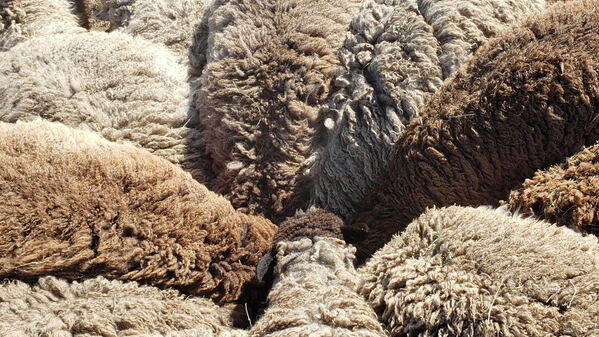
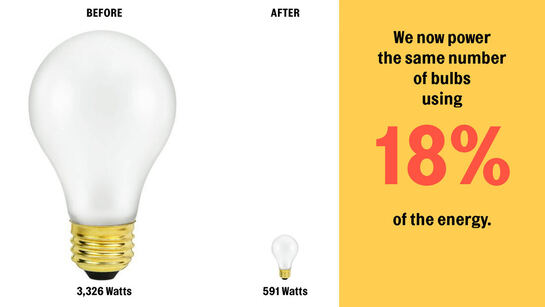
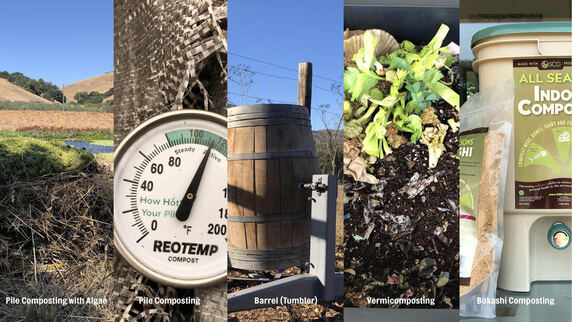
 RSS Feed
RSS Feed
